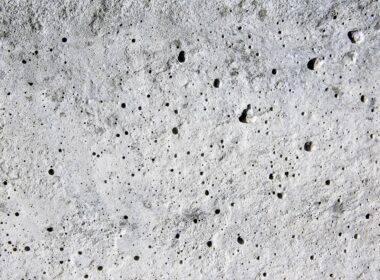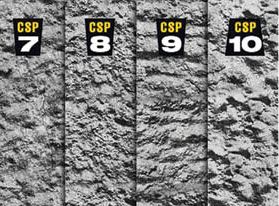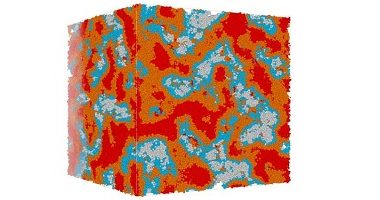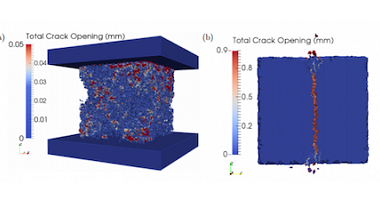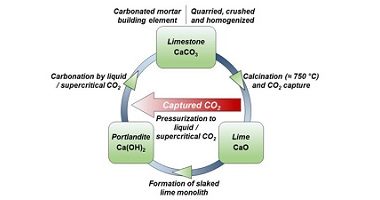If asked, you can best describe cement as a “hydraulic adhesive.” It consists of nothing but special glue that binds sand and gravel together, forming a stone-like hard element. By itself, cement has very little use. However, when you blend in aggregates — such as sand and gravel — it […]
Tag: Science of Concrete
The Chemistry Behind Concrete:
Visualizing Cement Hydration on a Molecular Level
The concrete world that surrounds us owes its shape and durability to chemical reactions that start when ordinary Portland cement is mixed with water. Now, MIT scientists have demonstrated a way to watch these reactions under real-world conditions. This advance of visualizing cement hydration on a molecular level may help […]
How to Prevent Coating Defects Caused by Concrete Outgassing
Although most perceive concrete as a dry dense substance, the inherently porous material more closely resembles a hard sponge. Microscopic voids and capillaries make up much of concrete’s matrix. As the material is poured and placed, these voids allow air and moisture to flow through it. This could lead to […]
Surface Prep: Eliminating Chances for Concrete Failure
For thousands of years the permanence of concrete has made it an ideal construction and design medium. Architects, engineers and builders have relied on in for centuries. Even the word “concrete” is often used as an adjective to describe the reality, longevity and durability of everything from objects to ideas. […]
New Cement Can Contribute to a More Sustainable World
In decorative concrete, a common question is, “Is it form before function, or function before form?” This question is more complex now — despite the answer, consumers ask if the construction materials used are sustainable. Is there such a thing as a low-carbon swimming pool, a low-carbon countertop or an environmentally friendly polished concrete floor?
Concrete’s Structure is Now Known
The website Phys.org revealed new research into whether the structure that forms when water, gravel, sand and cement powder are combined is a continuous solid, like metal or stone, or an aggregate of small particles.
Researchers File Patent for Fire-resistant Concrete
Scientists at the Swiss Federal Laboratories for Materials Science and Technology (EMPA) have added polypropylene (PP) fiber to a concrete mix. The technique allows water vapor to escape, preventing pressure from building inside the concrete, making it more fire-proof.
Materials Scientists Make Martian Concrete
A research team has created a form of concrete that, remarkably, can be made without water and using materials that are widely available on Mars.
New Technique Could Make Cement Manufacturing Carbon Neutral
The manufacturing process which produces ordinary portland cement, the ubiquitous ingredient in the concrete used around the world, is a major contributor to greenhouse gas emissions. New research suggests that portland cement can be produced with no carbon dioxide emissions.
Using Muons from Cosmic Rays to Find Degrading Concrete
A new report from Phys.org explains how subatomic particles known as muons are being used to probe the structure of concrete. This is a useful ability because building materials such as pipes and concrete that are part of our energy infrastructure corrode and wear thin or degrade over time. Scientists were seeking a better way to be warned of infrastructure deterioration before it becomes a problem and found that these particles work.

